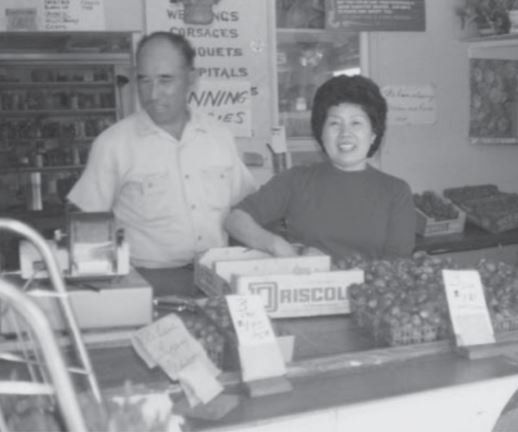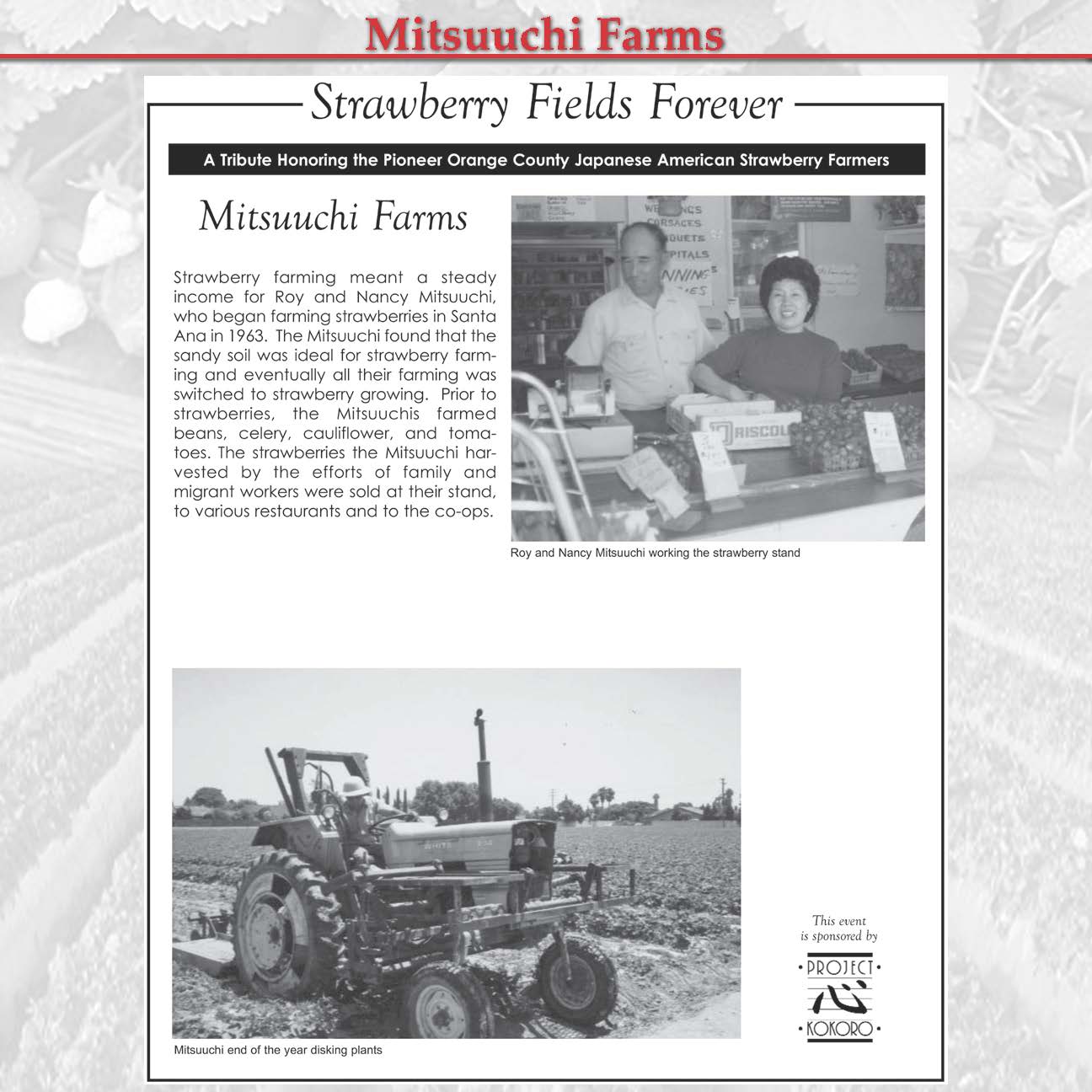Blog Layout
Mitsuuchi Farms
Marti Hosoda
Strawberry farming meant a steady income for Roy and Nancy Mitsuuchi, who began farming strawberries in Santa Ana in 1963. The Mitsuuchi found that the sandy soil was ideal for strawberry farming and eventually all their farming was switched to strawberry growing. Prior to strawberries, the Mitsuuchis farmed beans, celery, cauliflower, and tomatoes. The strawberries the Mitsuuchi harvested by the efforts of family and migrant workers were sold at their stand, to various restaurants and to the co-ops.
Roy and Nancy Mitsuuchi working the strawberry stand
Mitsuuchi end of the year disking plants

By Ellen Crane
•
April 30, 2021
At the turn of the 20th century Yasaburo Hamada came to America from Jigozen, Hiroshima, at the age of 15. A man of small statue and a quick temper, “Harry” Hamada was adept in judo and kendo and was not afraid to use his skills. One family story recounts a job he had in San Francisco in the basement of a building. He argued with his boss and walked off the job. The next day the Great 1906 San Francisco Earthquake happened and buildings everywhere collapsed killing thousands including the people in the basement of Yasaburo’s building. At the age of 38, after more than twenty years in the U.S., Yasaburo returned to Hiroshima to find a wife. He was recommended to the beautiful youngest daughter of a prosperous farming family, Shiki Nagaoka. Shiki’s older sister had left several years earlier to marry a man in Hawai’i and she was also open to going to America. Shiki agreed to marry Yasaburo, 18 years her senior. She recalls the initial meeting he had with her father where she was expected to serve tea. Too afraid to even look at him, Shiki didn’t know what Yasaburo looked like until after she consented to marry him. They wed in Japan in 1920 and left for the U.S. soon after. Their son, Ben, was born in 1921 in Hollywood. Two more children followed, Namiye in 1923 and George in 1925. Ben recalls living in various places in Southern California: San Fernando Valley, Hollywood, San Pedro. They family worked hard at various endeavors but gravitated to farming and the nursery busines. Yasaburo, a man of many talents, had a gift for growing, not just plants, but animals too. Namiye remembers moving a lot but said they always had nice houses. The family spent the war years in internment camps, initially in Jerome, Arkansas, and later at Tule Lake, California, camp for the infamous “No-No Boys.” After the war, like everyone else coming out of camp, the Hamada’s worked hard to make a living. By then, Namiye was married to Manabu Okada who farmed with his brothers Taka and Shigeru. Yasaburo and Shiki had various jobs and 24-year-old Ben worked as a gardener, using trimmings to propagate new plants. Through their friends, the Gotos, who had a thriving flower shop in Montebello, the Hamada’s arranged to open a nursery next to the shop on Beverly Blvd, and called it Blossom City Nursery . Meanwhile, Ben who also wanted to farm, leased land in Huntington Beach on Talbert Ave. and Beach Blvd, while still helping his parents with Blossom City. By then he was married to Masako and they eventually had four children: Ellen, Ron, Kent and Joanne. The family’s nursery business was joined by George and his wife, Hazel, in 1950 when they returned from Chicago, baby Karen in tow, soon to be followed by Gerry, Teri and Parry. In 1953 the family purchased four acres in Garden Grove on Harbor Blvd and opened Garden City Nursery . The thriving business supported Ben and George’s families, Yasaburo and Shiki. They remained there until 1963 when the nursery was forced to move because of the construction of the Garden Grove Freeway. Garden City Nursery relocated to East Chapman Ave, Orange, in 1963. In 1971 brothers Ben and George parted ways and took ownership of separate properties and nurseries. George and Hazel continued operating Garden City and Ben and Masako opened Batavia Garden Nursery next to their home in Orange. Garden City Nursery closed in 1987. Batavia Garden Nursery remained in business until 2019, operated initially by Ben and Masako and and their children, Ron, Kent and Joanne.
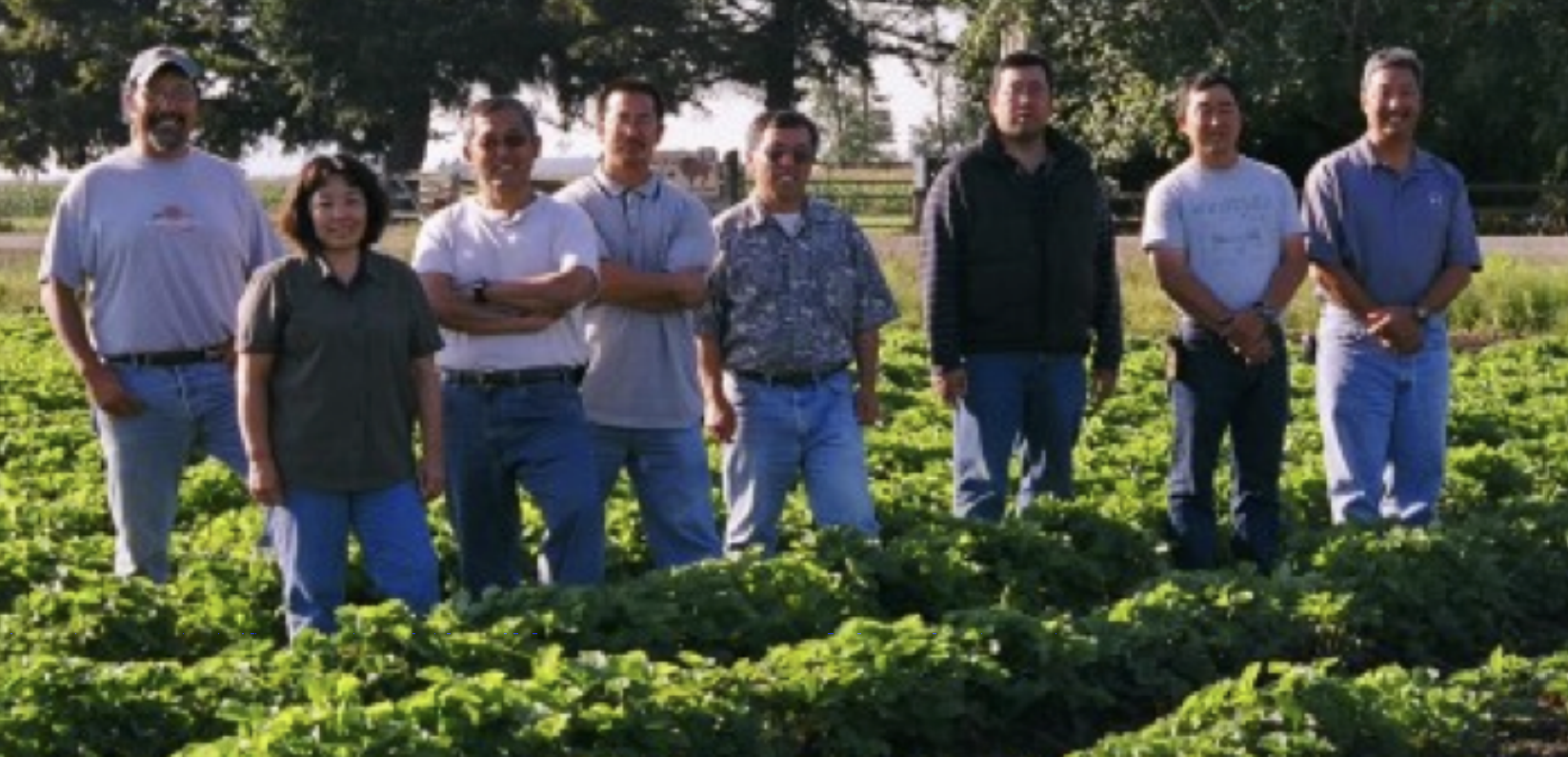
April 29, 2021
In 1907 Takeo Sakuma left Kyushu, Japan to go to America. He moved to Bainbridge Island, west of Seattle and began farming; taking the ferry he sold produce at terminal markets and Pike’s Place Market. Returning to Japan, he married Nobu in 1914, immigrated in 1915 and they started a family. Takeo became known for strawberries, challenging due to growing conditions on Bainbridge Island. The fertile Skagit Valley near Burlington was recommended as ideal for strawberries. Atsusa Sakuma moved to Burlington in 1935. Atsusa was the oldest Nisei, first born in the U.S., and first to grow berries in Skagit Valley. One by one, Atsusa’s brothers moved to Skagit after high school to help with harvesting. In 1941 the brothers farming in Burlington supported the family remaining on Bainbridge Island. Then Pearl Harbor was attacked in December. The Sakuma family was imprisoned at Manzanar in March. In June the brothers from Burlington were ordered to Tule Lake (northern California), five hundred miles from the rest of the family. While family was treated as the enemy, three of eight Sakuma boys joined the famed 442 nd Infantry Regiment. Three other sons served with the MIS. After the war, the Sakuma family returned to Bainbridge, but their property was lost, so they moved to Burlington. During the war, their farm was maintained by the Oscar Mapes family—a never forgotten act of kindness. With success, the brothers went into the certified plant business in 1948. They provided the start for strawberry farmers throughout the West Coast. Two brothers in Redding, northern California, ran the growing Norcal Nursery around 1970. Norcal acreage covered Oregon and California. The Sansei generation started management from 1997 until 2000 when the last Nisei retired. Bryan, Glenn, and Richard managed Washington operations; Ron and John managed California operations. The Sakumas entered fruit processing in 1990, and Sakuma Brothers Processing, Inc. began in 1997. Since 1997, plant propagation, research, commercial operations and sales, berry and fruit farming, harvesting and beginning a fruit stand. Sakuma berries sell throughout the U.S. and worldwide. 2004 brought the first female board member and first Yonsei to the business. The tradition of excellence continues today. The new generation is committed as the first to their corporate vision: “Honoring our past, growing our future.”
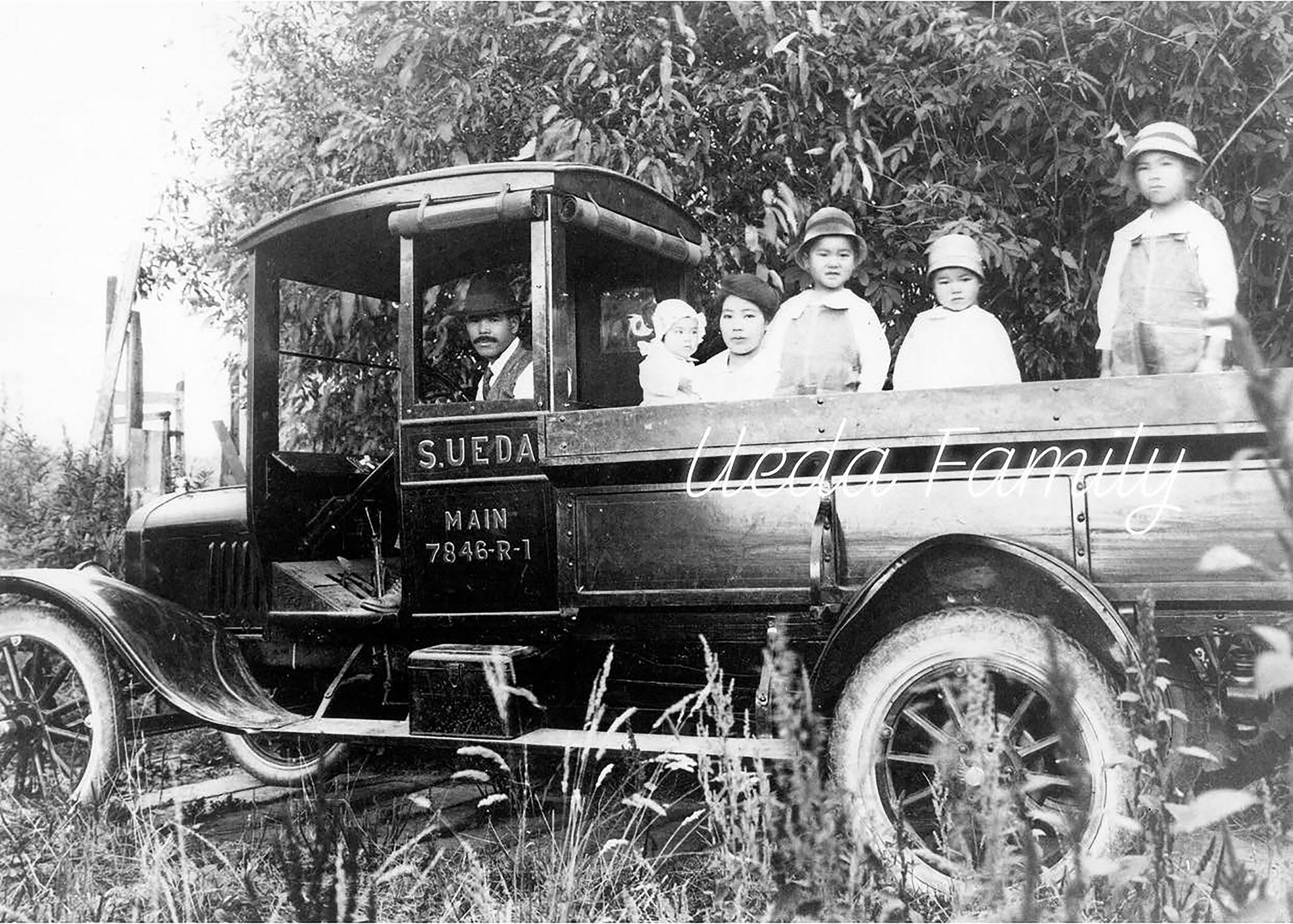
By OCO Tanaka Farms
•
June 18, 1970
Kiyo (Kay) Ueda Hiatt (1926-2020) was a pioneer in the Florida Citrus Industry. She was one of the first women executives in the fresh produce business and wielded tremendous influence during her career. As one of the top sales agents of Florida citrus, she played a leading role in the tremendous growth of exports to Japan in the 1970’s to the 1990’s. Kay was a first-generation Japanese American citizen born in Fife, Washington. Following the bombing of Pearl Harbor, Kay’s family was forced into an internment camp along with tens of thousands of other Japanese Americans. But she rose above the injustice and indignity of the long three years there to persevere and achieve success in the business world. Against great odds, she was accepted to Bucknell University soon after being released from the internment camp. After marrying Roy Hiatt, they moved to Florida where she began working at a citrus packinghouse grading fruit. Because of her insatiable appetite for learning, she queried employees in other departments at the packinghouse and gained a deep understanding about the overall operation. Soon, her curiosity paid off and she was asked to run the shipping office. That experience led to an offer to join the sales desk. In a few short years, she was promoted to sales manager. Kay was known for her keen intellect and love of language. She was a voracious reader and a talented writer. Kay was an iron-willed woman full of strength and stamina tempered by patience and self-sacrifice.
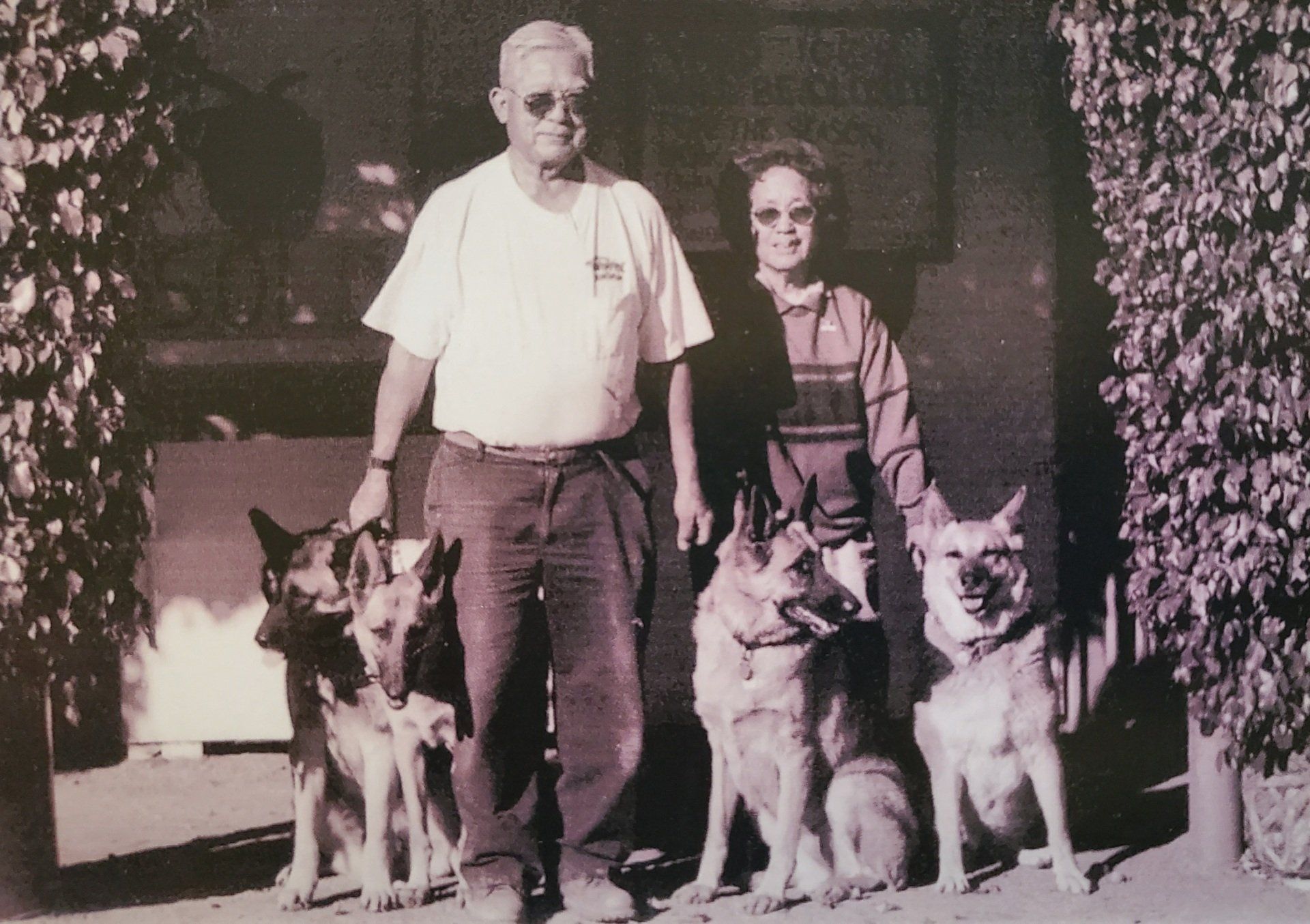
By Tommy Kayano
•
February 21, 1970
In the late 1950’s a small farm was started in the Westminster area of Orange County, CA. It was a farm consisting of three families. it was made up of the Nakatani family, Hashiba family and the Kayano family. It was known at the time as NHK Farms. As the families grew and got older they eventually split into three separate farms, Nakatani Farms, Hashiba Farms and around 1970 Kayano Farms was started by Hajime and Noriko Kayano. Hajime’s family came from Okayama, Japan while Noriko Nakatani’s family were from Hiroshima, Japan. Coming to the United States by way of Seattle they eventually settled in Downey, CA. WWII came and they were interned in Rowher, Arkansas. Kayano Farms was based in Westminster, CA but had plots of land that they worked in Garden Grove, Stanton, and Riverside. Growing primarily leaf lettuce the operation eventually downsized and opened a roadside stand at the Westminster location. The farm and roadside stand stood until 2011 before it was permanently shutdown .
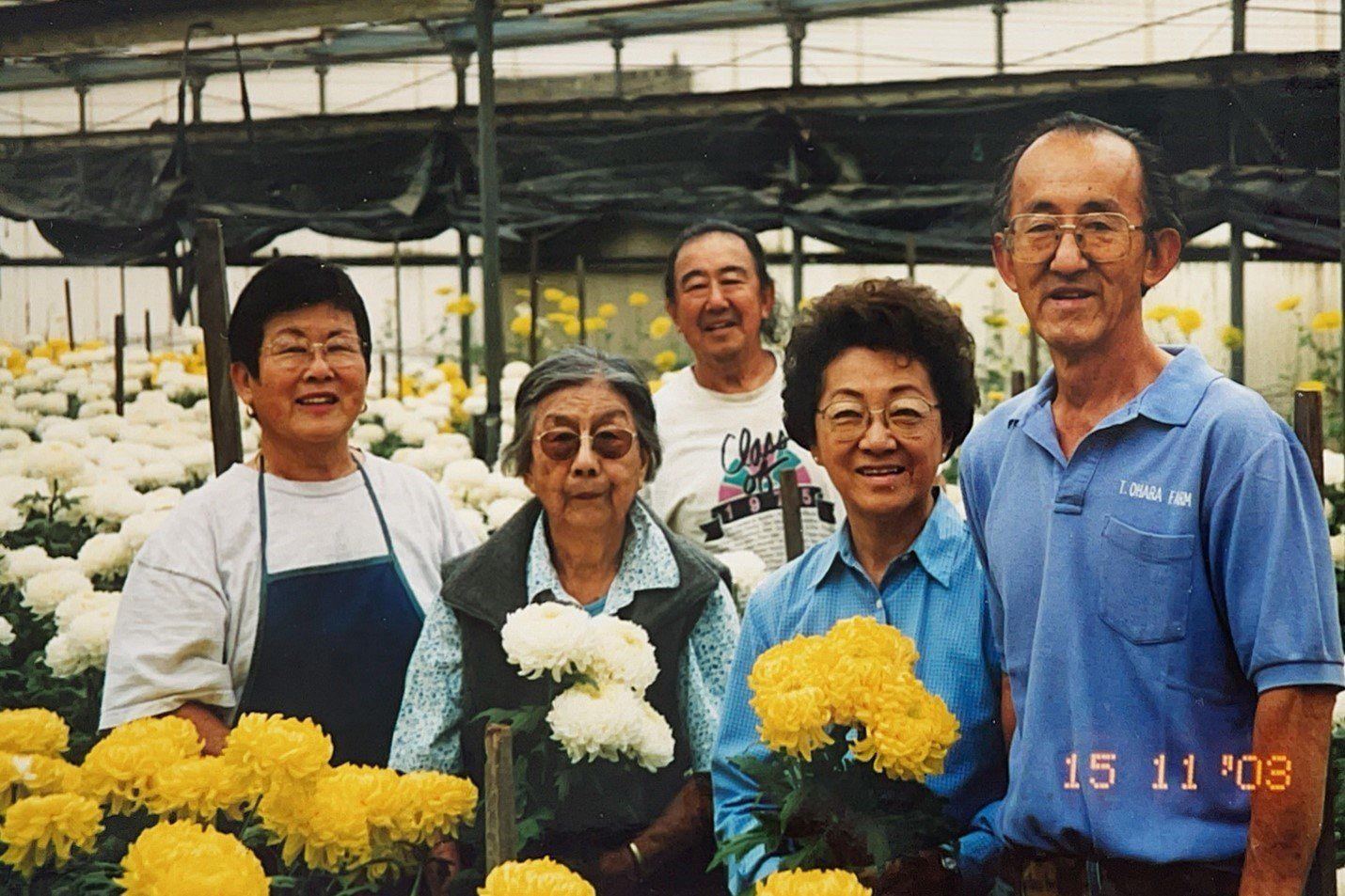
By Lisa Ohara
•
May 11, 1968
Toyoaki Ohara was born in Japan on December 7, 1903. He came to America at the age of 16 and worked as a gardener for Fox Studios. When he saved enough money, he married Teruko Kuboyama in 1934. In the 1930s they started to grow flowers in Inglewood, CA. When WWII started they were put in a concentration camp in Rohwer, AK. When the war was over, they returned to California and had to start over. They started growing flowers in Harbor City, CA on leased land. Here they grew stock, aster, and lochspur. Toyoaki and Teruko Ohara had six children – Sachiko (Susie), Toshiaki (Tom), Yoko, Teruaki (Ted), Etsuko (Patsy), and Masaki (Roy). In 1950 the family bought some land in Orange County and started to grow chrysanthemums under cheesecloth, and later in plastic greenhouses. In 1968 brothers, Tom and Ted, bought the flower business from their dad and leased his property while they looked for their own land. In 1979 Tom and Ted bought 10 acres of land in Anaheim, CA. Here they built 250,000 sq ft of steel greenhouses and a few saran ones and grew chrysanthemums, china, pom poms, and spiders all year round. They had a side crop of stephanotises, myrtle, and ivy. Even though Tom and Ted owned the business, it was still very much a family affair. Grandma, Susie, and Barbara (Ted’s wife) worked on the farm. Grandpa and Grandma lived in a house on the property (Tom lived in a separate house on the other end). Ted took the flowers to the Southern California Flower Market three times a week. They farmed on this land until 2004 when they sold their property under imminent domain to the Orange County Water District and were forced into early retirement.
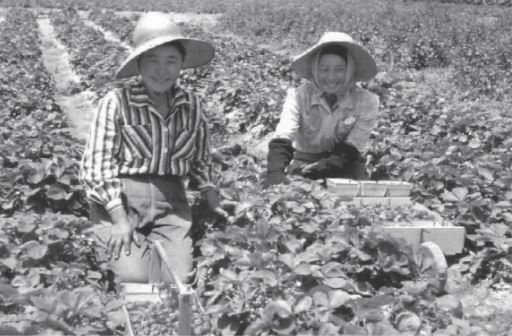
By Faith Ishibashi
•
April 22, 1964
Henry Takahashi graduated from Garden Grove High School and began strawberry farming in Garden Grove in 1964. A son of a farming family who grew various vegetables in Cypress, he concurred with other farmers that the most profitable crop to grow in Garden Grove, because the soil and temperature were both right, was strawberries. Not having any background in strawberries, Henry turned to Paul Murata for guidance, and within a year, Henry was a successful strawberry farmer. Henry says farming has changed through the years. As a farmer, he was not just a grower, but also a mechanic, carpenter, truck driver, horticulturist, pesticide specialist, welder, truck driver, human resource manager, accountant, and more. Henry Takahashi retired from farming in 1972 and now resides in Fullerton. The family has many stories to tell, such as actor James Colburn's mother lived over the fence ®gularly bought strawberries to give to her son. Their farming days were full of many wonderful memories.
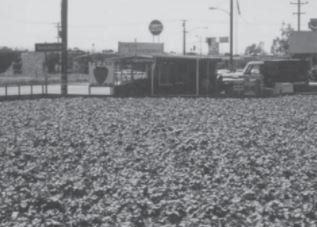
By Ann Imayanagita
•
April 22, 1961
Haruki and Shizu Sakamoto began strawberry farming in Garden Grove in 1961, while continuing to work on the Fountain Valley farm of their relatives Paul and Hatsuye Nagamatsu. The Sakamoto farm in Garden Grove was small and was handled by the family and a couple of migrant workers. For over 30 years, Teruko Shimoda drove from Los Angeles every weekend to help the family stand (see photo below). In 1977, Haruki moved to Yorba Linda and continued farming until 1995.
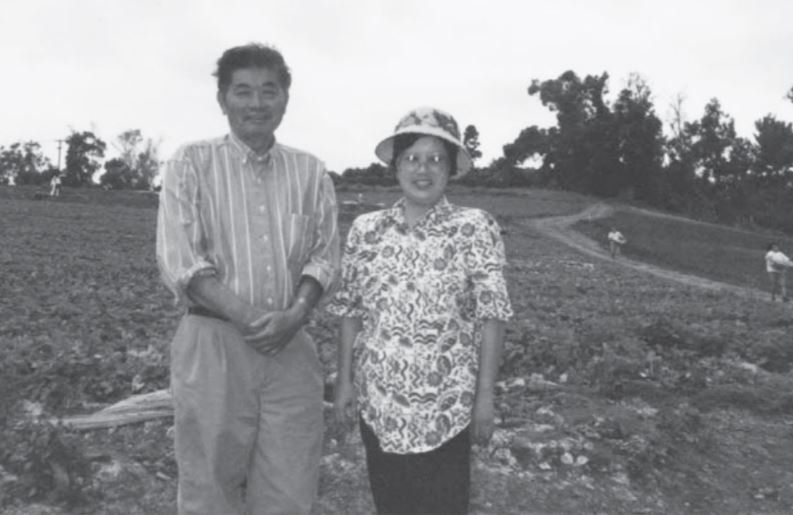
By John Kotake
•
April 22, 1960
After World War II, Masajiro Kotake returned to strawberry farming in Norwalk. Over the years, Masajiro began accumulating land and expanded the strawberry farm. The height of the Kotake strawberry farming came in the early 1980s with their farms in Orange, Los Angeles, and Ventura. In 1960 the Kotake brothers joined Naturipe Berry Growers Association as charter members. Strawberries were a good source of cash income and held high retail prices at the stands. Strawberry farming provided a comfortable life for the family but farming required everyone to pitch in and help from preparing boxes with baskets to picking strawberries. Strawberries were a good “mix” as it was a “winter” month crop between the tomatoes and other crops.

By Eileen Matsumoto
•
May 8, 1959
Nobu and Masako Matsumoto came to the U.S. in February, 1922. He was 18 years old and she was 17; both from Tottori, Japan. They were farmers in Fountain Valley and Garden Grove, California. During WWII, the Matsumoto family was incarcerated in the Santa Anita Assembly Center and the Poston Camp in Arizona. From 1922 to 1932 they had five sons; Key, Tak, Terry, Hiroshi, and Fred or “Freddy;” during the Korean War he served in the U.S. Army, 3rd Infantry Division, from 1952-54; he became squad leader of a mortar platoon and returned as a decorated sergeant. Soon after, brothers Fred, Terry and Hiroshi began farming in Niland, California, near the Salton Sea. In 1959 they built a packing facility, North Shore Produce, Inc., with specialized equipment for handling cherry tomatoes. Fred, a talented inventor, developed and improved machinery to chill, wash, color-sort, dry, wax, and convey the fruit in baskets. A grower’s son who worked with the brothers recalled one of Fred’s inventions: “a planter with seed hoppers capable of planting four rows of tomato seeds from the back of a tractor plow attachment! ….Another ingenious idea was to use airplane propellers to blow away the frosty winter morning temperatures in the desert, thus helping the tomato plants survive the frigid cold.” The three brothers helped popularize the cherry tomato through growing and shipping their “Mr. Tomato” brand, until bad weather and a voracious pest ended their operations in 1965. Fred returned to work with his parents and brothers Key and Hiroshi, running the Exotica plant nursery in Fountain Valley. Fred continued to create and refine machinery and devise equipment to remove large trees from the ground for transplanting. He became adept at the trimming technique need for cultivating black pines and Hollywood junipers, trees for which he was best known. He helped specialize in niwaki (garden trees). After his parents passed, the nursery became Fred’s. The family continued to gather there and enjoy his delicious persimmons, avocados, and sweet grapefruit. The nursery ran from the mid-60s until recently. Condensed from Rafu Shimpo Newspaper and Eileen Aiko Matsumoto

